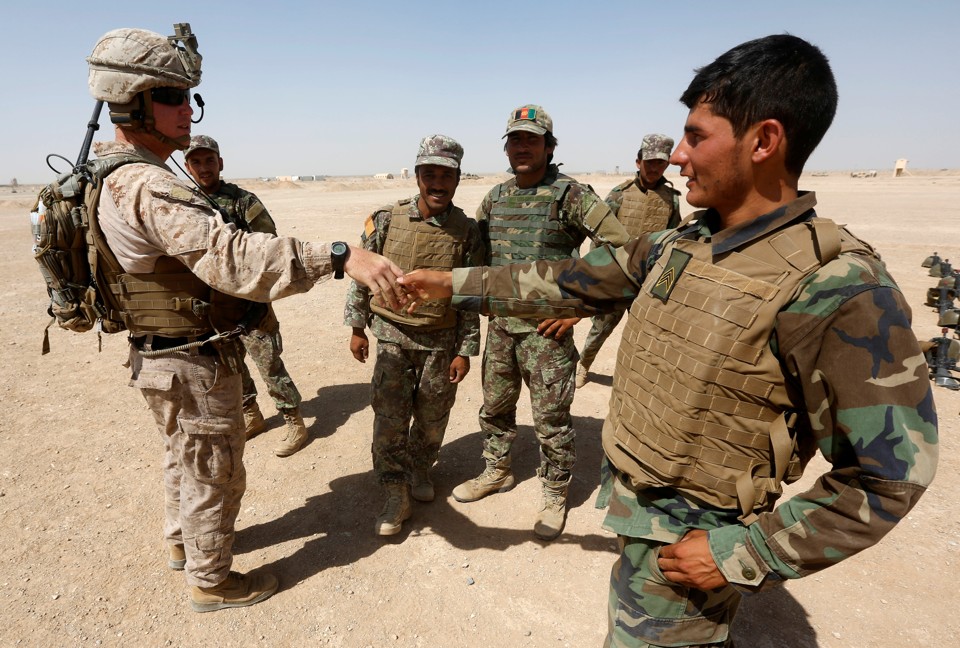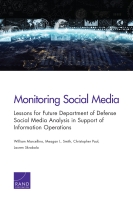By Jacob L. Shapiro
Paris. Nice. Brussels. London. Manchester. Europe’s is a long and sordid catalogue of terrorist attacks. The incidents in Barcelona and Cambrils – both in Spain, both within the past week, both claimed by the Islamic State – are only the latest entries.
Terrorism is a phenomenon with which Europe is all too familiar. Consider World War I. The proximate cause of the conflict was an act of terrorism – the assassination of Archduke Franz Ferdinand in Sarajevo. Consider the year 1972, when, in Munich, Black September, a secular Palestinian militant group, killed members of the Israeli Olympic team. That same year was also among the bloodiest of the Troubles of Northern Ireland. The situation was so bad that then-U.S. President Richard Nixon asked the United Nations “to combat the inhuman wave of terrorism that has been loosed on the world.”
The U.N. wasn’t able to do much. Just 13 years later, terrorist organizations carried out multiple attacks on civilian targets: TWA Flight 847, an Italian cruise ship, airports in Vienna and in Rome. In 1986, the Libyan government, led by Moammar Gadhafi, sponsored an attack at a club in West Berlin – to which the U.S. responded with airstrikes. Ronald Reagan said 1986 was the year “the world, at long last, came to grips with the plague of terrorism.” Two years laterwas the Lockerbie bombing.










